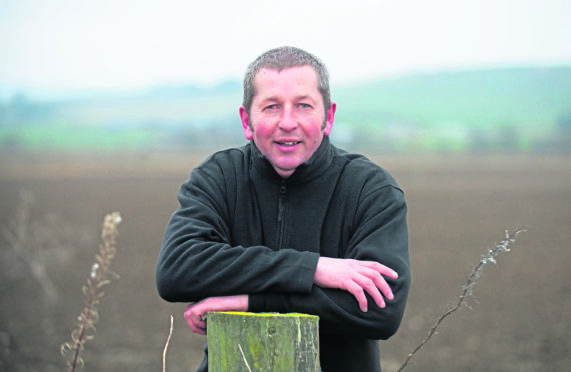For more than 25 years, a speech disorder left Bryan Duff unable to say his own name.
He could barely speak on the phone and he struggled to ask for items over the counter when he went shopping.
The 42-year-old lorry driver had a stammer so debilitating that, as a teenager, he would do anything to avoid conversation.
If someone asked him his name, he was even known to answer “Mr Duff”, as he knew the word Bryan would never just roll off the tongue.
But after more than quarter of a century of frustration and embarrassment, he decided “enough was enough”.
He sought help from a world-wide initiative, the McGuire Programme, which has helped stammerers including pop singer Gareth Gates and Wet Wet Wet guitarist Graeme Duffin.
And just a year after he joined, he mustered up the courage to give a speech at his wedding to wife Pamela.
Now the father-of-two, from Portmahomack, Ross-shire, is helping others to improve their speech. And that includes giving advice and support over the phone – something that would previously have filled him with dread.
He said: “Going on the phone was one of the things I hated the most.
“I would see me in a cold sweat and I’d just think, ‘here we go again’. I would be, ‘I, eh, eh. I, eh, eh.’ I’d try and get the words out but it was a disaster.”
But he said: “I’m a coach myself now and if I get a call, and can help someone, it makes me feel very proud.”
Before Mr Duff signed up to the programme, which is run by stammerers, he tried various “tricks”, including swearing and avoiding words that would trigger his stammer, as he fought to make himself understood.
Mr Duff’s stammer first become obvious when he was about five years old.
It can sometimes follow a traumatic event in a person’s life, but in Mr Duff’s case it was something that just happened.
Speech therapy in primary school helped him to talk more fluently, but when he went to secondary school he drifted back into his old habits.
Even asking for an item in a shop was an ordeal.
It was only after he joined the McGuire Programme he learned to accept his stammer for what it was and now freely explains to people that he has a speech impediment and uses a range of techniques to make himself understood.










